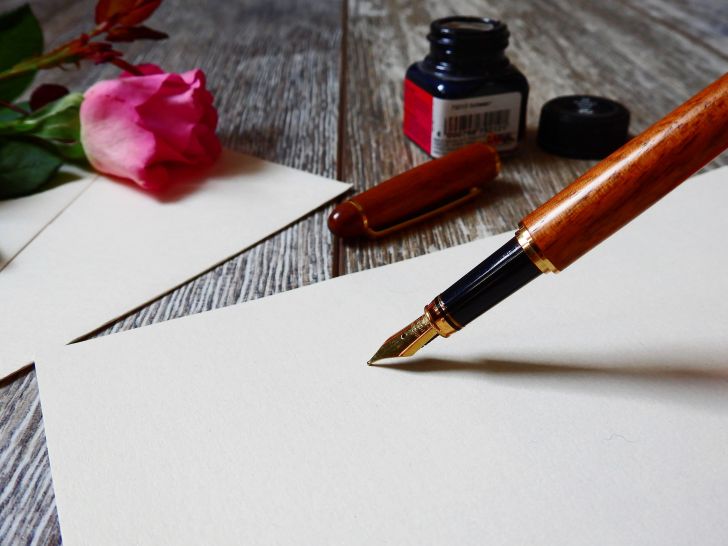Grant proposals must be clear, concise, and persuasive in order to be successful. In this article, we will walk you through the process of writing a grant proposal step by step so that you can increase your chances of getting funding for your project. Before you begin writing your grant proposal, it is important to understand what goes into a grant proposal and what organizations are looking for.
What is a Grant Proposal?
A grant proposal is a document that requests funding from a government agency, foundation, or corporation. It is important to remember that the person reading your grant proposal will not be familiar with your organization or project. This is why it is important to clearly and concisely state what your organization does, what you are requesting funding for, how the funds will be used, and how the project will benefit the community.
Why Write a Grant Proposal?
There are many reasons to write a grant proposal. Perhaps you are seeking funding for a new project or initiative. Maybe you need help with start-up costs for your business. Whatever the reason, a grant proposal can be a powerful tool to secure the financial backing you need.
Types of Requesting Organizations
There are many different types of organizations that can request funding from grants. These include:
– Nonprofit organizations
– Religious organizations
– Schools and educational institutions
– Local government agencies
– State government agencies
– Federal government agencies
Each type of organization has its own process and requirements for requesting funding. It’s important to research the specific organization you’re applying to in order to ensure that you meet all the requirements.
Crafting a Successful Grant Proposal
When it comes to writing a grant proposal, there are a few key things you need to keep in mind in order to increase your chances of success.
Make sure you thoroughly understand the grant guidelines and requirements before getting started. Once you have a good understanding of what is expected, start putting together a detailed outline of your proposed project. Include as much supporting documentation as possible, such as letters of support from potential collaborators, feasibility studies, and budget estimates. The more convincing your case is, the better your chances will be of securing funding.
After you have gathered all of this information, you can begin writing your grant proposal. Be sure to include a strong executive summary outlining all of your proposal’s key points. The rest of your proposal should be well-organized and easy to read. Remember, the review panel will be looking for evidence that your project is well-planned and that you have the ability to carry it out successfully.
Finally, make sure your budget is realistic and detailed. Organizations want to see that you have a well-thought-out plan for how you’ll use the funding. If you can show them that, you’re much more likely to get approved!
Keep in mind that the competition for grant money is fierce, so don’t get discouraged if you are not successful at first. Remember to stay focused on your goals and continue to put forth your best effort. With perseverance and a little luck, you will eventually find the right funding source for your project.
What to Include in a Grant Proposal
When it comes to writing a grant proposal, there is no one-size-fits-all approach. However, there are certain elements that should be included in every proposal in order to give yourself the best chance of success. In this blog post, we’ll take you through what you should include in a grant proposal, step by step.
- Executive Summary
The executive summary is a brief overview of your proposal. It should include the problem you are addressing, your proposed solution, and a brief overview of your project budget and timeline. This is your chance to grab the attention of the decision-makers and convince them that your proposal is worth funding.
- Problem Statement
In this section, you will need to clearly articulate the problem your project is trying to solve. Be sure to back up your claims with data and statistics. You should also explain how this problem impacts the community that you are working with and why it is important to address.
- Project Goals and Objectives
After you have clearly stated the problem, you need to lay out your goals and objectives for solving it. These should be specific, measurable, achievable, relevant, and time-bound (SMART). Your
Conclusion
Completing a grant proposal can be daunting, but it’s worth it to put in the time and effort to give yourself the best chance at securing funding. By following the steps outlined in this guide, you’ll be well on your way to writing a strong proposal that is tailored to the specific funder you’re targeting. Remember to focus on what makes your project unique, and be clear about how the funding will help you achieve your goals. With careful planning and a little hard work, you can write a proposal that stands out from the rest and increase your chances of getting funded.




